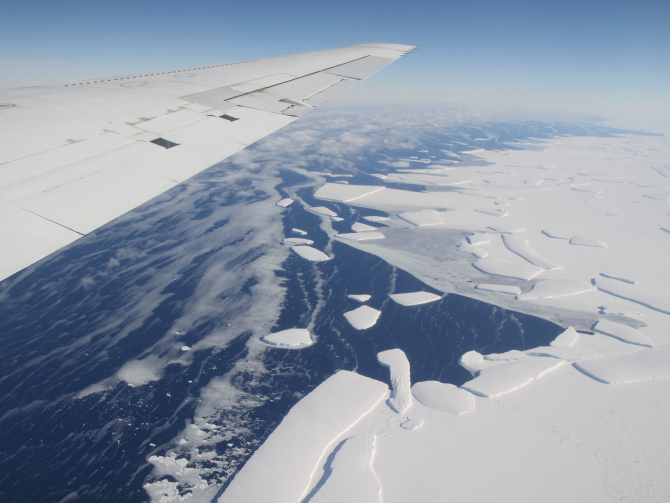This coming May, the PREFIRE spacecraft will depart from Earth.
As time goes on, climate change also continues to occur. According to the most recent scientific findings, the centuries-long practice of releasing greenhouse gases into the atmosphere may be coming back to haunt us. We are going to require information regarding the degree to which we have messed up if we would like to have any chance of seeing humanity survive the worst. The National Aeronautics and Space Administration (NASA) is getting ready to launch a pair of very small satellites that will travel across the polar regions in order to assist in predicting the future temperature of the Earth.
In the latter part of this spring, the United States National Aeronautics and Space Administration (NASA) will launch the PREFIRE (Polar Radiant Energy in the Far-Infrared Experiment) satellites from New Zealand. The 6U cubesat chassis serves as the foundation for these twin probes, each of which weighs less than three kilogrammes (less than six pounds) in total. They will be carrying a thermal infrared spectrometer that is equipped with mirrors created by JPL for the purpose of measuring and dividing light.
Once they have reached orbit, the orbiters will begin to separate from one another; but, due to the different paths that they are taking, they will eventually reunite over the poles every few hours. It is the aim of the researchers that these relatively small satellites will be able to complete some of the pieces of the puzzle that are lacking about climate change. “When it comes to climate projections, a significant amount of uncertainty arises from the fact that we do not have sufficient information regarding the North and South poles and the efficiency with which radiation is emitted into space,” said Brian Drouin, who works at the Jet Propulsion Laboratory of NASA. “The importance of that radiation wasn’t realised for much of the Space Age, but we know now and are aiming to measure it.”
Over the course of several decades, climate change has been speeding, but certain locations are seeing its effects more than others. Warming in the Arctic has occurred at a rate that is more than three times faster than that of any other region on Earth during the 1970s. Over the course of the same time period, the amount of ice that is covered is decreasing by an average of 2.6% every decade, which results in the loss of more than 100,000 square miles of ice. Around the other side of the planet, experts are similarly concerned about the changes that are occurring in Antarctica, which is losing 150 billion tonnes of ice every year. At this moment, a number of the ice sheets that cover the continent are in danger of melting. Flowing meltwater into the oceans has the potential to cause sea levels to rise and to disturb the currents that are responsible for distributing heat across the world.

NASA is hoping that by using PREFIRE, they will be able to collect a new variety of climate variables that will help them tell the tale of the increasing temperatures on Earth. During its mission, the spacecraft will gather information regarding the temperature of the atmosphere, surface qualities, water vapour, and cloud cover. With the use of these data, scientists may be able to forecast the most severe consequences of climate change, such as severe storms, flooding, and erosion of coastal areas. The group is of the opinion that the circumstances in the Arctic and Antarctic have a direct influence on the events that occur all over the world.
A light-duty rocket manufactured by Rocketlab called the Electron will be used to launch the spacecraft. The launch of both satellites is scheduled for May 2024, although it will require two launches, one for each satellite’s launch.

